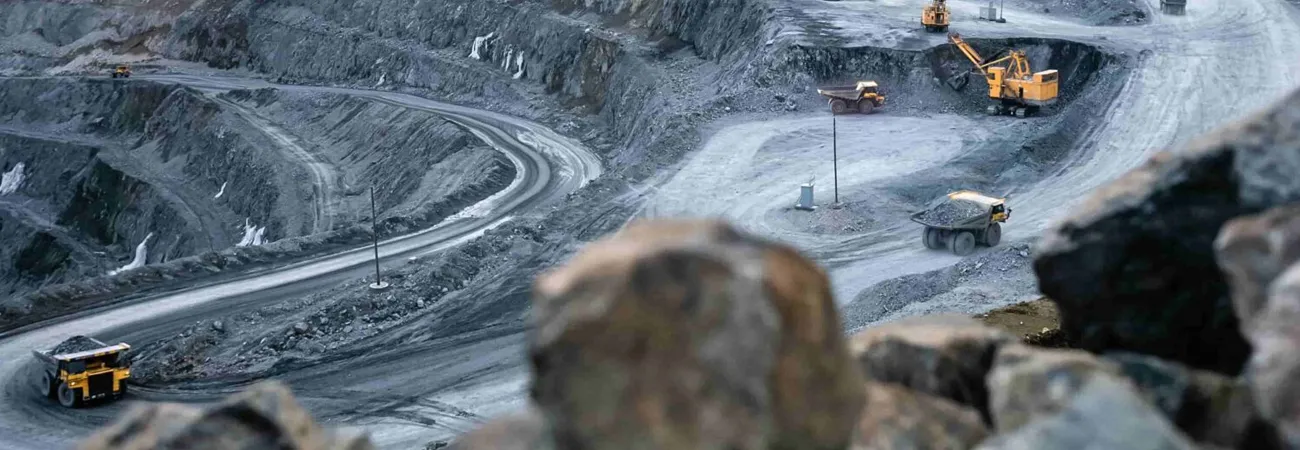i ECONOMY
Pakistan has huge deposits of lithium – a soft, silvery-white alkali metal – in Sindh and Balochistan, needing a cost-effective, smart, and fast-track national strategy for their exploration, Muhammad Yaqub Shah, Principal Geologist at Islamabad-based Global Mining Company, told WealthPK. Lithium plays a vital role in the rapidly growing rechargeable battery industry across the globe. It is extracted from two main sources: hard rock mineral ore deposits and underground continental brine deposits. Among the two aforesaid sources, its extraction from continental brines is very economical. This method is 30-50% less expensive and environment-friendly than its extraction from the hard rock mineral sources, he opined.
Continuing the discussion, he said there are around 170 salt lakes in Sindh out of which at least 100 are salt-producing. Most of the salt lakes and salt mines in the province exist in Umerkot, Tharparkar, and Sanghar. Among some reputed salt mines are Tipari salt mines, Al-Amin salt mines and Khipro salt mines. “Many salt lakes are found in Balochistan out of which the most famous is the Chagai Lake located in Chah Sultan, Nokundi. Sea salt is also extracted from Lasbella and Makran coasts. Promising quantities of both lithium and boron can be extracted from all these deposits by adopting a proper extraction plan,” Yaqoob said. Yaqub said that Islamabad-based Pakistan Mineral Development Corporation (PMDC), a public sector organization, had already been mandated for execution of a similar nature of exploratory works in the entire country.
Yaqub quoted Afghanistan as an example concerning the extraction of lithium from brines. He said during the past decade, the United States Geological Survey (USGS) had identified five Salars (salt–encrusted natural depressions that may or may not be the basin of an evaporated lake) in Afghanistan. These tested Salars have shown economically viable traces of lithium and boron. The same geological environment, as in Afghanistan, exists at many places in Balochistan and Sindh provinces of Pakistan. The same model of lithium and boron exploration can be followed here as well, he added.
“At the outset, it would be more suitable to execute the exploration work (concerning lithium and boron, etc.) in the Chagai salt lake area, i.e. around the Hamun-e-Mashkhel locality and in Achro and Tepari salt lakes,” added Yaqub, who is former general manager (geology) at the Pakistan Mineral Development Corporation (PMDC). Lithium is an important component that’s widely used in the manufacture of a variety of industrial products, such as rechargeable batteries, ceramics, heat-resistant glass, lithium grease lubricants, flux additive for iron, etc. The global lithium market was valued at US$37.8 billion in 2022 and is projected to grow to US$89.9 billion at a compound annual growth rate (CAGR) of 22.1% by the year 2030.
Besides recovery of lithium from the brines, i.e. underground water, salt lake brines, geothermal water and even seawater may contain a potential quantity of a few more industrial components, such as sodium, boron, a significant concentration of potassium, etc. All these are also widely used for industrial components. Pakistan must focus on extraction of lithium and other important components from brines, which will not only help support the indigenous industry but excessive quantities can also be exported.
Credit: Independent News Pakistan (INP)









